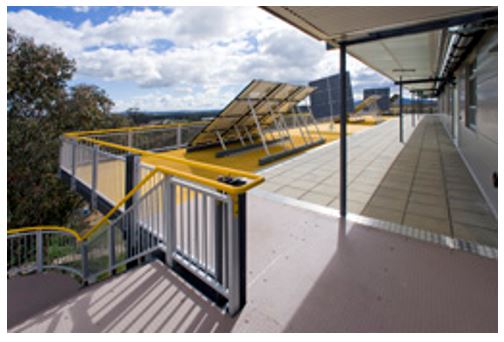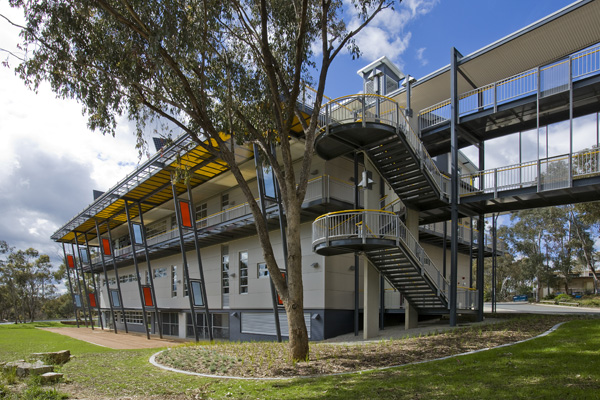The need for everyday design, construction and application of sustainability aspects in all areas of engineering and environment urged the need for construction of a training hub. This hub would integrate theoretical and practical knowledge in achieving sustainability as a mainstream skill.
The CIT training hub is a form of sustainable architecture built to provide practical skills for students. It was designed by Collard Clarke Jackson architects. It incorporates passive environmental technologies and up-and-coming technologies. Project engineers, architects, planners, landscape designers and clients developed and built a sustainable hub both, in terms of carbon dioxide emissions reduction and education. The use of recyclable materials such as bricks and steel reduced the construction costs of the building.
The architects used several environmentally friendly and sustainable resources and materials in the design and building of the hub (CCJ Architects 4). These included:
- Use of solar panels for power generation and solar water heating. The solar panels generate enough electricity to power the hub and export to the grid (Canberra Institute of Technology 8).
- Use of micro turbines for collecting waste are primarily used for heating and cooling the building
- Installation of grey and black waste water recycling plant
- Use of dry spray cooling systems and geothermal heat rejection systems
- Installation of light control and sensing devices for switching lights on and off after sensing movement
During its construction, students participated by monitoring temperature, power production from the solar panels, power usage and water consumption (Canberra Institute of Technology 2). The construction of this hub helps demonstrate how easy it is to achieve sustainability through employing efficient methods and recycling resources.



References
Canberra Institute of Technology. New Training Hub Makes Sustainable Skills ‘the Norm.’ 2011. Web.
CCJ Architects. “CIT Sustainable Skills Training Hub.” Collard Clarke Jackson Pty Ltd, 2012. Web.